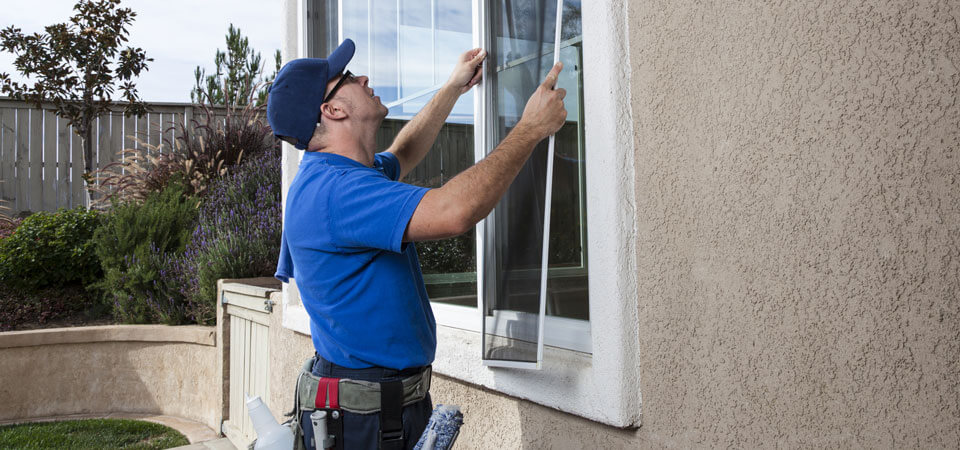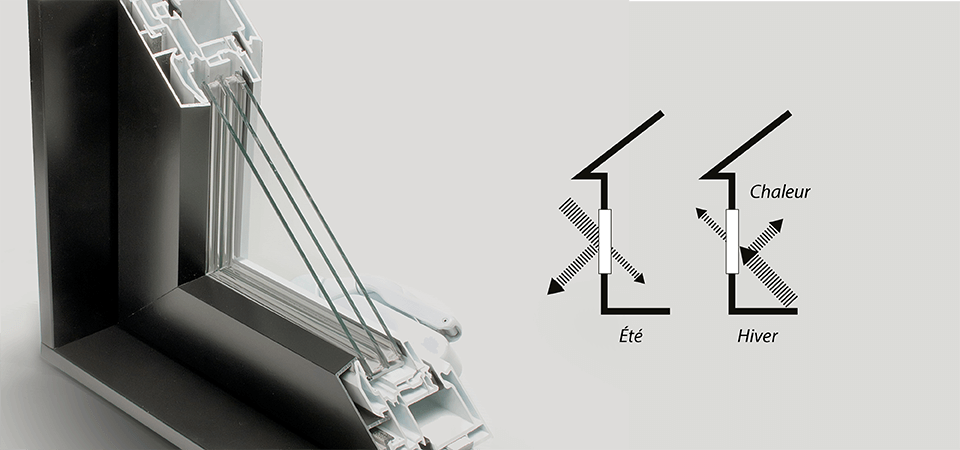Under normal conditions, the lifespan of your doors and windows—depending on the materials used—can be upwards of 20 years or even longer. Realistically, the average consumer will therefore purchase new doors and windows once or twice during their lifetime. This makes it important to choose a manufacturer that offers quality products that are durable and energy efficient and come with an appropriate warranty reflecting their long lifespan. Keeping them clean and performing basic maintenance also helps to extend their useful life. Here are four valuable tips covering the tasks we recommend incorporating into your annual routine.
Tip 1: Replace the sealant
When installing your doors and windows, your contractor applied sealant at the joints around each opening to ensure they were watertight and prevent any moisture infiltration. Over time, this sealant can eventually become damaged or deteriorated or begin lifting as your home is exposed to various weather conditions ranging from rain to wind and sun as well as freezing and thawing. We recommend inspecting all joints once or twice a year, ideally in the spring and fall, and replacing or adding more sealant as needed.
Tip 2: Inspect the weatherstripping
As its name indicates, the weatherstripping on your doors and windows provides insulation against the elements. Its role is to keep any air infiltration to a minimum. As is the case with sealant, you should preferably inspect it visually every year. Depending on usage patterns, it may require routine replacement in places.
Although replacement weatherstripping can be found at almost any home supply store, it’s important to shop carefully, because it comes in a wide range of styles and colours and installation methods can also vary. If you’re unsure which type to get, we recommend checking with the manufacturer. Be sure also that you have the expertise needed to perform the task. If you aren’t sure, then contact a professional, because incorrectly installed weatherstripping could compromise the performance of your products, resulting in:
- reduced energy efficiency
- physical discomfort indoors
- frost formation on glass surfaces
- annoying drafts
Tip 3: Lubricate the mechanisms
All moving opening and closing parts and related hardware (latches, hinges, tracks, locks, handles, etc.) should be cleaned and lubricated once a season. If not, some parts could begin operating less smoothly over time. Lubrication is therefore recommended to maintain maximum efficiency and durability. Some parts sold by Vaillancourt are available in stainless steel. This option is worth considering, as stainless steel offers excellent resistance to corrosion and rusting.
Tip 4: Regulate the humidity
Condensation is a seasonal phenomenon. It develops in the form of water droplets, mainly with changes in the temperature, and is most often found along the edges of glass surfaces. In the fall, it develops on the outside of glass, while in the winter it is instead visible on the inside. Have no fear, however, as this is normal: a well-built home is designed to keep the humidity indoors, and so it doesn’t mean that your doors or windows are defective or were installed incorrectly.
Many day-to-day activities can generate condensation, for example, hosting a get-together, taking a long, hot shower, cooking meals, drying wet clothes on a rack or bringing a load of firewood indoors to store. However, you can also adopt habits that help to control humidity:
- Turn your humidifier on or off depending on the time of year
- Check to ensure that your air exchanger is set to the recommended humidity level
- Turn your bathroom fan on when taking a shower or bath
- Use the range hood fan and place lids on pots when cooking
- Ensure that your clothes dryer is properly vented to the outdoors
- Open windows from time to time to renew the air indoors
Your home’s doors and windows were designed to last for many years. The most important criterion for maximizing their lifespan is, of course, proper installation, followed by regular maintenance and appropriate cleaning. If you purchased your products at Vaillancourt and have any questions about their maintenance, don’t hesitate to contact our after-sales service team, and they’ll be pleased to assist you!





